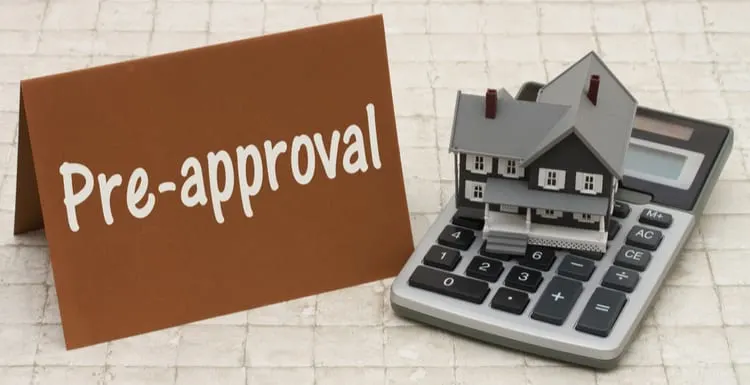If you’re asking the question, “How Long Does a Mortgage Pre-Approval Last?” you are in the right place.
Read on to learn about the loan pre-approval process, why it matters, and, most importantly, how long it lasts.
How Long Does a Mortgage Pre-Approval Last?
- Most lenders consider a pre-approval letter valid for 60 to 90 days, or 2 to 3 months. That’s enough time for you to shop around, find the home you like, and submit an official offer.
- Some lenders will offer you a longer period of pre-approval, up to 180 days, but make sure to check with your lender for their policy on this.
The Long Answer
When you’re seriously in the market for your next home, getting pre-approved for a mortgage is one of the first steps you should take. Some don’t realize that mortgage pre-approval has an expiration date; it doesn’t last forever.
This is why it’s so important to only seek pre-approval when you are serious about buying a home and think you’ll start the process within a month or two.
Let’s look at how long a mortgage pre-approval lasts once you get it from your lender, what a pre-approval does for your home buying search, why you need to be pre-approved, and a few other things to consider before heading to the lender’s office
What Is Mortgage Pre-Approval?
Mortgage pre-approval is essentially a lender’s confirmation that you are financially capable of getting financing for a home.
After a lender looks over your documentation, credit report, and financial information, they decide whether or not to give you a letter of pre-approval.
Here is the information you’ll find in a typical letter of pre-approval:
- The lender’s information and contact details
- The mortgage amount you are pre-approved for (maximum)
- The date of pre-approval and the length of time the letter is valid
- The conditions of pre-approval required for final mortgage approval
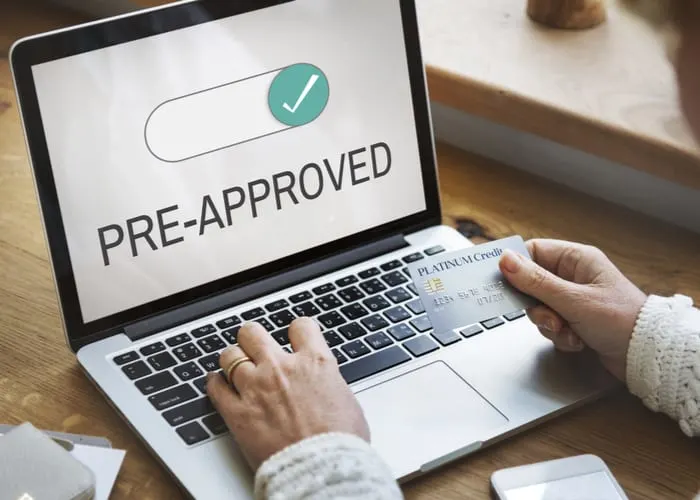
Rawpixel.com/Shutterstock
When you get a letter of pre-approval from your lender, it’s a valuable thing that can put you ahead in your home-buying journey.
But does a letter of pre-approval guarantee that you’ll get a mortgage once you find a home and make an offer on it? It does not guarantee your final approval, but it does make it much more likely.
If your lender finds out that some of the information you gave was incorrect or that you failed to disclose important financial information, your mortgage application may be rejected.
Even if you have a letter of pre-approval, the condition and price of the home you want to buy can also affect your eligibility for loan approval. With this in mind, does every home buyer need a letter of pre-approval?
Why You Need a Mortgage Pre-Approval
Although a letter of pre-approval does not guarantee that your official loan application will be approved, it’s still an essential part of searching for and buying a home.
Not only does a letter of pre-approval show you the price range of homes you should look for, but it also helps you get your foot in the door with more sellers who want to deal with serious buyers.
A letter of pre-approval can even help you negotiate a better deal by showing that you are approved and cleared to spend up to a certain amount, but no more.
Motivated sellers are sometimes willing to accept a lower, more special offer than one from a buyer who has no pre-approval letter and whose financial stability is unknown.
“If you’re shopping in a competitive market, it will be much easier to get a seller to accept your offer if they know you already have financing secured. Especially if there are multiple offers for the property.” -Anthony Wick, Rental Property Investor
If a seller has cash buyers making attractive offers on the home you’re interested in but you can’t pay with cash, you’ll need a letter of pre-approval to be considered. Overall, a letter of pre-approval is like a badge that says, “I came here to buy, and I’m financially stable.”
It Doesn’t Last Forever
Once you’ve managed to be pre-approved by your lender, it doesn’t last forever. Every letter of pre-approval has a definite expiration date.
A lender can’t assume you’ll still be in the same financial situation in 9 months, so they put a limit on the length of pre-approval validity.
You can see exactly how long your letter of pre-approval is valid directly on your letter. If you don’t think you’ll be able to find a home within the time frame listed, try reaching out to your lender to see if they will extend the length of validity on your pre-approval.
You may need to provide them with more current financial information, like check stubs, bank information, and credit information, to extend the pre-approval time.
5 Things to Know About Mortgage Pre-Approval
You should absolutely get a letter of pre-approval from the lender you’ll use as soon as you begin your home search.
The more information you have about pre-approval, the better you’ll fare in your home search and the lending process.
Here are five things you should know about mortgage pre-approval that can help you get into the home of your dreams faster and with as few “surprises” as possible.
1. Mortgage Pre-Approval Is Not the Same As Pre-Qualification
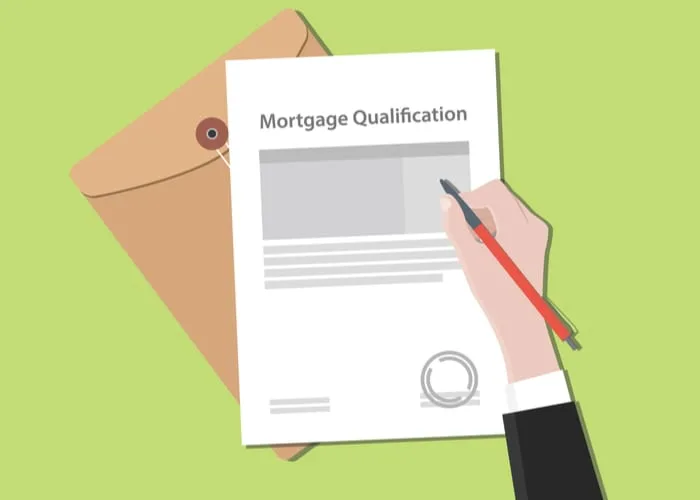
Teguh Jati Prasetyo/Shutterstock
At the very start of your home search, you might think that pre-qualification and pre-approval are just different names for the same thing. This is not the case!
Pre-qualification
Pre-qualification means you’ve given a lender your financial information; they’ve accepted it as valid but have not actually verified any of this information. They haven’t run credit checks, contacted your employer, etc.
Pre-qualification will give you an estimate of the amount you may be able to borrow, not an exact amount. Pre-qualification is nice to have, but you’ll eventually need pre-approval.
Pre-approval
Pre-approval means you’ve given a lender access to verify all your financial information. You will provide them with lots of documentation and allow them to do a few things.
These include pulling your credit report, contacting your employer, viewing your past tax information, reviewing your bank statements, and looking at any assets you have.
The result is an exact limit, not an estimate, on how much you’ll be able to borrow and a more useful document to present to a seller when you want to make an offer.
2. You’ll Need Lots of Documentation to Get Pre-Approved
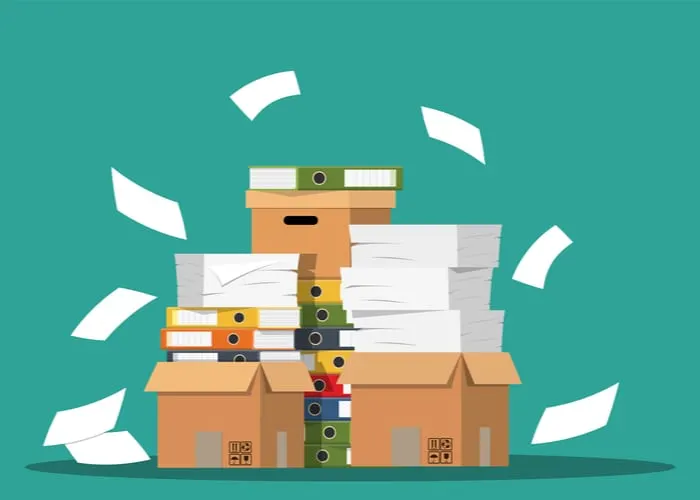
Drogatnev/Shutterstock
Getting pre-approved isn’t the same thing as just running a credit check or looking at the amount of cash and assets you currently have. That’s done after you formally submit your loan application.
Mortgage lenders want to go back into your financial history, looking at as much information as possible to decide whether you will be able to keep up with mortgage payments, property taxes, and home insurance over the years.
You’ll submit a full, in-depth application with your chosen lender to get a letter of pre-approval. You will be required to show:
- Proof of additional income (from alimony, child support, etc.)
- 2–3 years of past W2s and any other tax documents
- Recent statements from your retirement and investment accounts
- Your social security number to facilitate a credit check
- 6–8 weeks of your most recent pay stubs
- Your employer’s contact information for income verification
- 2–3 months of your past bank statements for all accounts
- Your driver’s license
Make sure you talk with your lender before you submit your application to ensure you’ve gathered all the documents and proof you need to complete it. This will save time and help you get your letter of pre-approval faster.
3. You Might Need to Fix Issues Before You Get Pre-Approved
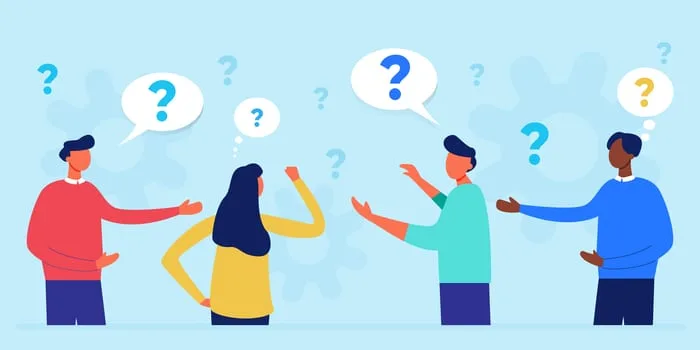
Asch_asch/Shutterstock
It’s not likely that you’ll be pre-approved with your first application. According to Jennifer Beeston, Guaranteed Rate’s vice president of mortgage lending, “Out of every ten people I talk to, six have work they need to do before they’re ready to get a loan.”
You can use what you learn to make sure your documents are orderly by the time you go to make your official offer. Some of the most common pre-approval issues you might face include:
- The debt-to-income ratio is too high; you’ll need to pay it down
- The cash amount for a down payment is too low; save more cash
- If your credit score is too low or there are problems with your credit report, pay off debts, resolve any inaccuracies on the report, and don’t open any new credit accounts
When 6 out of 10 people need to fix issues before getting a letter of pre-approval, it’s worth taking some extra time to make sure you’re ready when you go to apply. Even if you go ahead and apply with some issues in your financial history and reports, all is not lost.
4. It’s Best to Stay Below Your Maximum Mortgage Amount
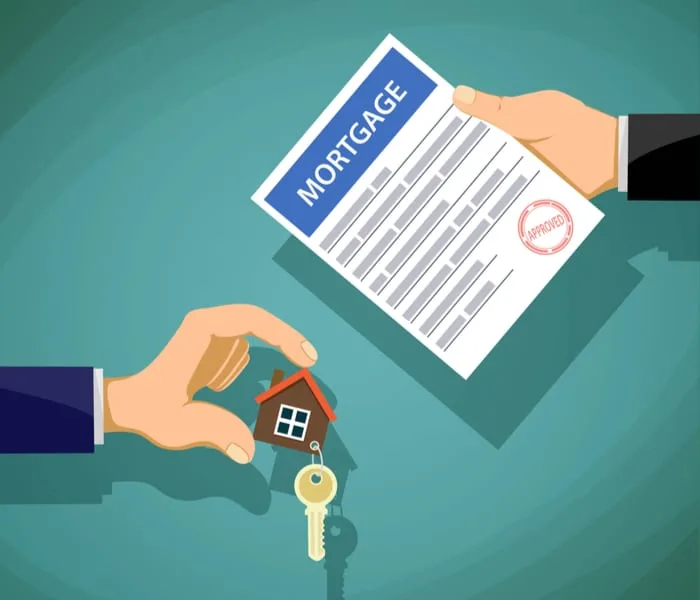
Trifonenkolvan/Shutterstock
Even if you’re pre-approved for a mortgage amount that is higher than you expected, don’t let it make you stretch yourself financially thin. A standard rule of thumb is to limit your mortgage payment to less than 28% of your monthly gross income.
If anything changes financially for you in the coming years, you could find yourself in a dangerous position if your mortgage payment becomes difficult or impossible to make each month.
It’s better to look for homes that are below your maximum borrowable amount to ensure you’ve got no problems making monthly mortgage payments, paying property taxes, and paying for your home insurance.
If you’re not in a competitive housing market, the chances are good that you can find a home that meets or exceeds your criteria without getting near the top end of your budget.
Think of what you can do with the money you’ll save each month from having a lower mortgage payment!
5. After You’re Pre-Approved, Stick to the Status Quo
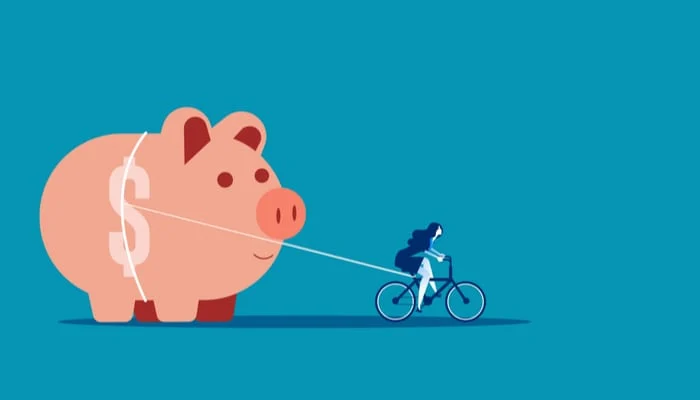
Zenzen/Shutterstock
Once you manage to get your letter of pre-approval, freeze! That’s a bit of an exaggeration, but it is crucial to stick to the status quo as much as possible once you have your pre-approval letter.
That means no changing jobs, applying for new lines of credit, making expensive purchases, co-signing on loans for friends or family, and paying off 100% of your debt.
These things will all negatively impact your finances and can even cause a lender to reassess your eligibility for pre-approval.
Most of these things may seem pretty obvious, but when it comes to paying down debt, many people think they’re doing the best thing in the eyes of a lender.
It may seem backward, but lenders want to see that you can manage debt responsibly; they’re looking at your debt-to-income ratio.
When you pay off all of your debt after being pre-approved, it could close out some of your lines of credit, hurt your cash assets, and raise the question of “Where did this money come from?” with your lender.
Continue to make responsible payments on your debts, but don’t try to wipe it all out right now.
So, How Long Does Mortgage Pre-Approval Last?
Getting a letter of pre-approval is not an optional step in the home-buying process today. Unless you’re planning to buy with cash, you don’t want to make an offer on a home without pre-approval.
It’s your “golden ticket” that lets the seller know you’re a serious home buyer with enough capital and resources to buy their home. Remember the difference between pre-qualification and pre-approval?
Pre-qualification provides an estimate of how much you can borrow for a mortgage, while pre-approval gives you an exact amount you can borrow. Pre-approval gives you more leverage when you make an offer on a home.
Pre-approval is not a complicated process and doesn’t take long if you have the correct information, records, and documents. It’s important to remember that once you get your letter of pre-approval, it doesn’t last forever.
Your pre-approval letter will be valid for as long as your lender’s policy indicates, which is likely somewhere between 60 and 90 days from the date of your pre-approval.
If you’re serious about buying a home in the next few months, it’s time to start gathering your documents and tax records and paying close attention to your debts.
Keep making all your payments on time, and make sure you’re tracking all your expenses and income as you prepare to apply for pre-approval. Once you’re pre-approved and find a place you like within your price range, you can be in your dream home before you know it.

